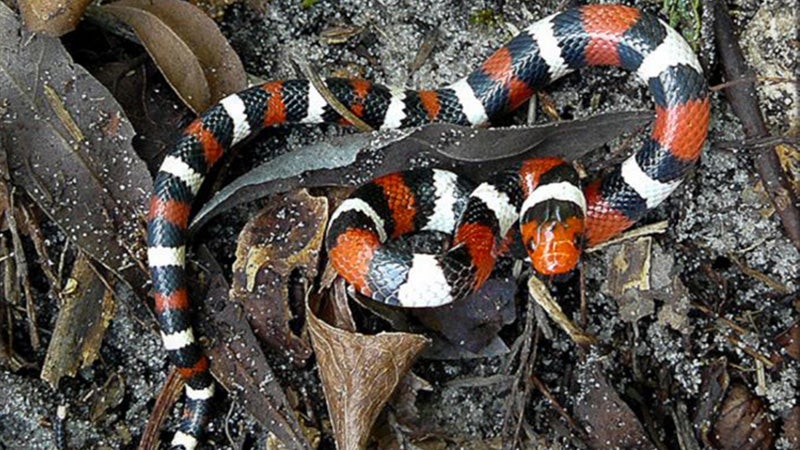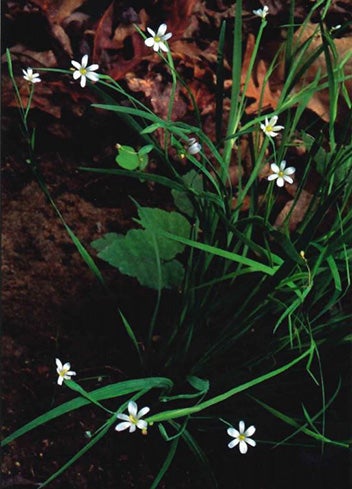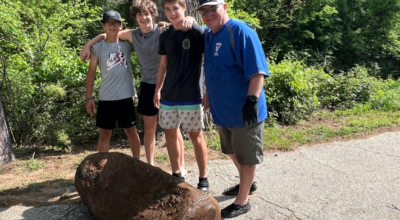New study finds extraordinary biodiversity in Polk County
Published 8:00 am Thursday, November 29, 2018

- Scarlet Kingsnake
A new study of the flora and fauna of Polk County documents an extraordinary number of rare plants and describes 32 areas that are vitally important for biodiversity, with a focus on species that are in danger of extinction, according to representatives with Conserving Carolina.
The nonprofit and botanist David Campbell have completed “An Inventory of the Significant Natural Areas of Polk County, North Carolina.” The study culminates seven years of fieldwork, as well as findings from the citizen science initiative “Polk County’s Most Wanted.” The study can help guide decisions by conservation groups, government agencies, and private landowners about places that are important to protect.
In the report, Campbell writes, “The presence of no less than 34 distinct natural community types is…a testament to the incredible biodiversity to be found within the borders of Polk County. As such, Polk County deserves its recognition as a unique and highly valued component of North Carolina’s rich natural heritage.”
The report lists 127 rare or watch-list plant species in Polk County, which Campbell notes is “an impressive list for any county, let alone one that is so small in area.” Of these, 13 have been federally designated as threatened, endangered or vulnerable, while 45 have been designated at the state level.
Polk County is part of a region — the middle to southern Blue Ridge Mountains — that the National Academy of Sciences has identified as the No. 1 priority nationwide for biodiversity conservation.
The study explains that Polk County’s exceptional biodiversity is due to factors including sharp changes in elevation; a warm, wet climate; diverse rock types; and proximity to coastal, piedmont and mountain ecosystems.
Polk is the only place in North Carolina where one can find Allegheny Spurge and one of very few sites in the state for Whorled Horebalm. Polk is also the only recorded site in the world for a mysterious plant, Bigleaf Scurfpea, which was collected twice in the late 19th century on White Oak Mountain and has not been seen since.
In all, the inventory identifies 32 Significant Natural Heritage Areas. As defined by the North Carolina Natural Heritage Program, these are sites, whether on land or water, that are important for biodiversity because of rare species, unique natural communities, or other ecological features.
“Biodiversity is the basis of human existence,” said Pam Torlina, the southeast stewardship manager for Conserving Carolina. “It’s our life support system, providing services that we take for granted. Every species, no matter how small, has a role to play in the ecosystem, which provides our climate, water, air, natural resources, and food. Conservation efforts and development policy decisions should not be made without an understanding of the biodiversity in the county — a fragile, often overlooked, balance.”
The study was authored by David Campbell and funded by Conserving Carolina and the Polk County Community Foundation. The study includes maps and detailed descriptions of Significant Natural Heritage Areas in the county. It can be found online at conservingcarolina.org/polk-county-inventory.
– Submitted by Rose Jenkins Lane







